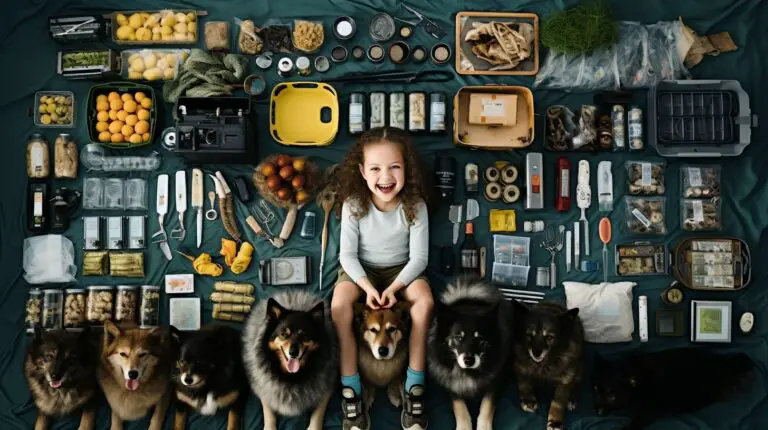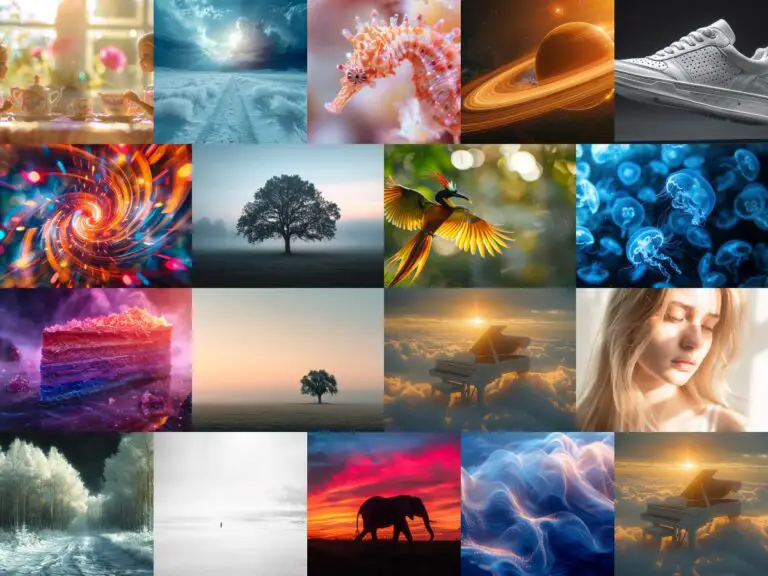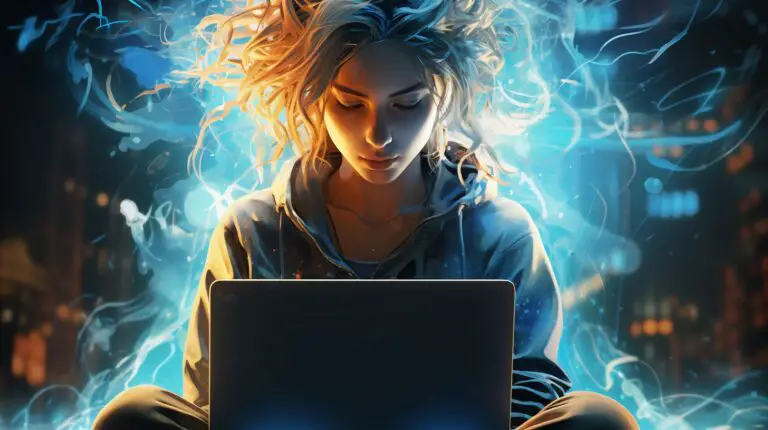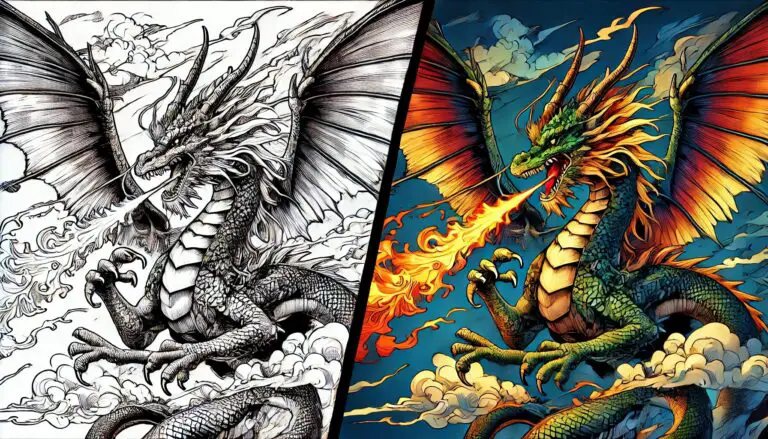Master Midjourney: Camera Angles and Shot Types
When using Midjourney to generate images, think of yourself as the director and Midjourney as your camera operator. You instruct it, and with specific terms, you can guide Midjourney to produce various visual effects. These terms primarily relate to camera angles and lens types. This article delves into these terms, illustrated with examples of generated images.
Camera Angles
The angle of view profoundly influences the composition, mood, and style of any visual piece. We often play with angles in our personal photographs to present our friends and family in varied lights. For instance, a low angle might elongate a person’s legs or make someone appear taller. When creating with Midjourney, envision yourself as a photographer. By incorporating specific keywords, you can select the desired camera angle to convey the intended emotion or effect.
Eye-Level Angle
The Eye-Level Angle is Midjourney’s standard. It doesn’t necessitate a unique keyword. This angle mirrors the camera’s position at the subject’s eye level. It places us on equal ground with the subject, neither looking up in admiration nor down in critique. The resulting image feels familiar and relatable.
For example, I input the simple prompt /imagine bald eagle, and Midjourney produced a standard angle image of the bald eagle.
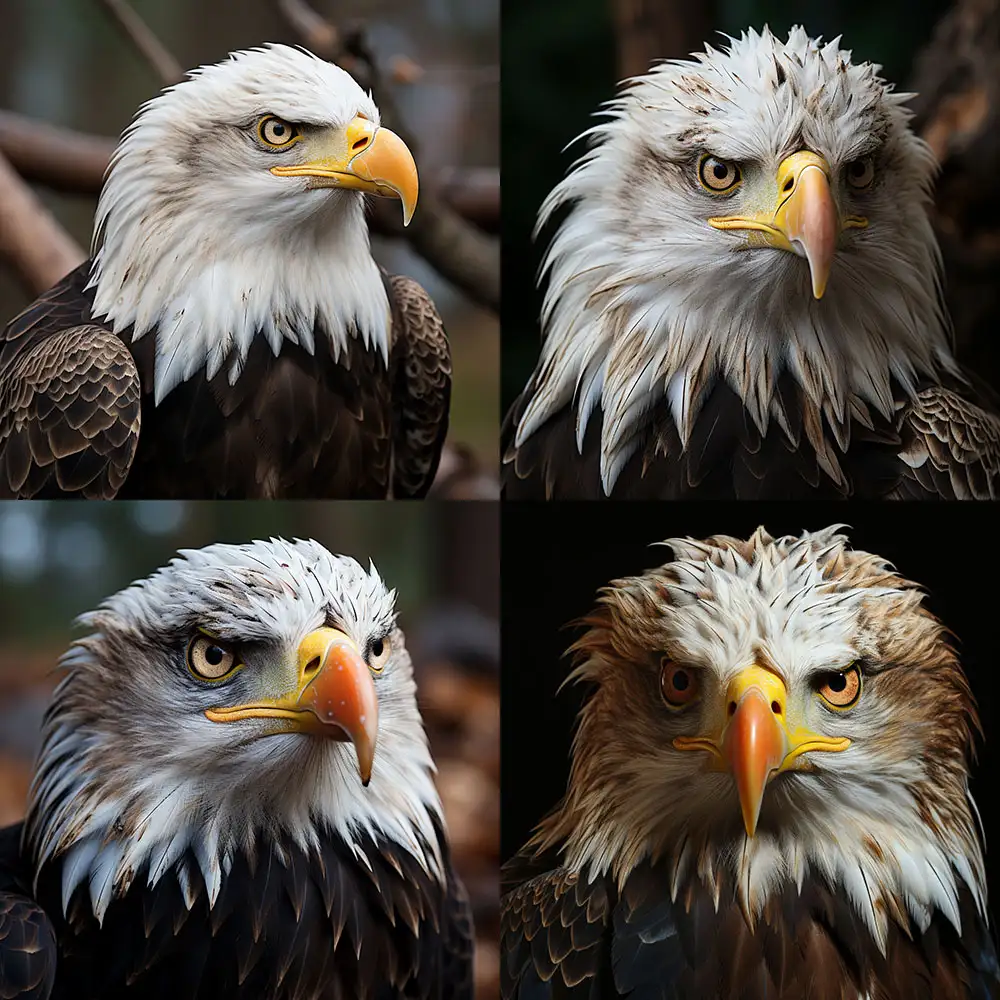
By adding “full body shot”, it rendered a complete image of the eagle, maintaining the standard angle.
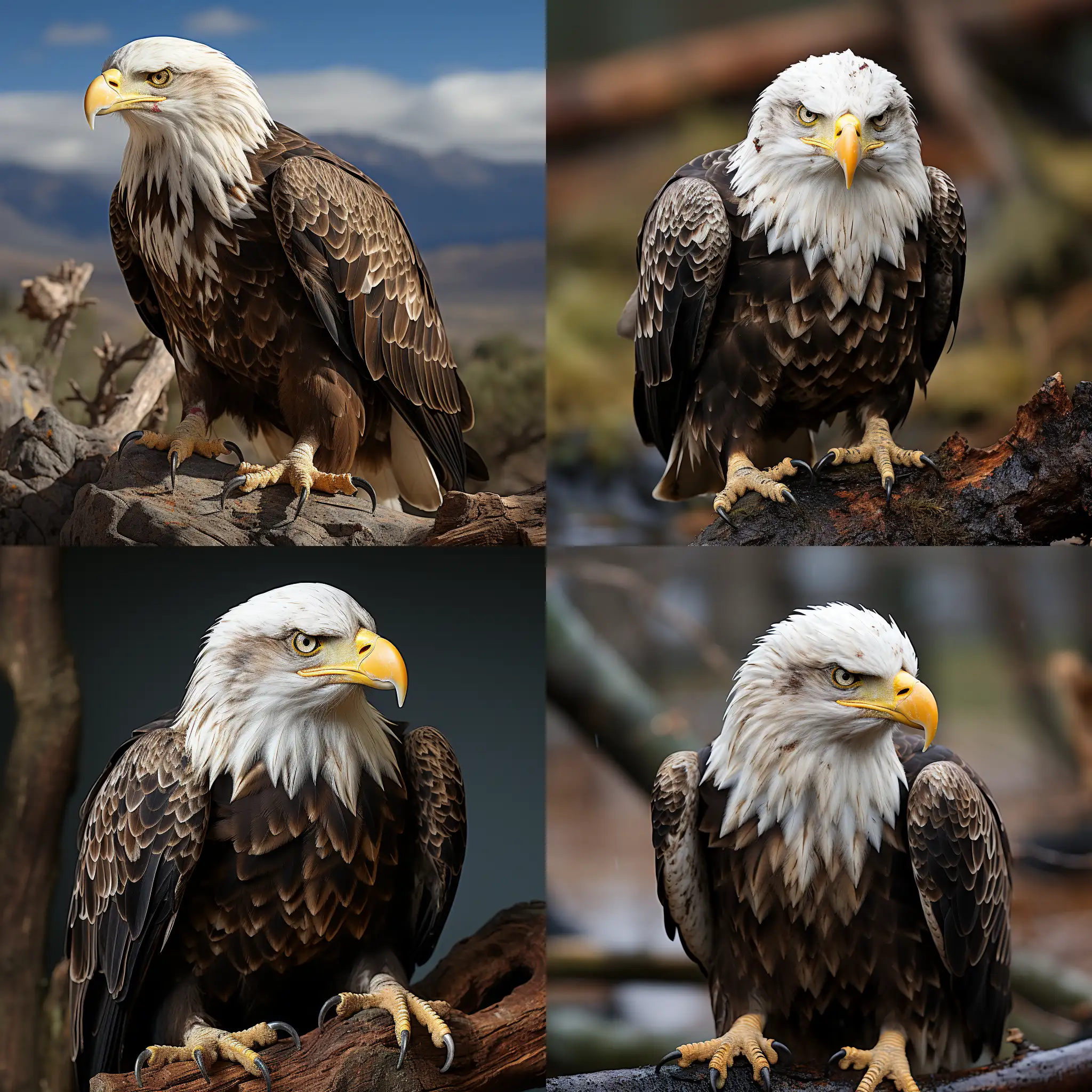
This view brings the eagle closer, rather than making it loom large. If Midjourney occasionally defaults to other angles, you can employ specific keywords to revert to the standard view.
eye-level angle shot, eye-level view, eye-level shot, straight-on shot, neutral angle shot, point-of-view shot, POV shot, eye-line perspective
Low Angle
A low angle positions the camera below the subject, producing dramatic compositions in Midjourney. It bestows the subject with a sense of dominance, evoking awe. This angle can magnify a building’s majesty or amplify a person’s authority.
Prompt: baby wearing huge shoes, extreme low angle view
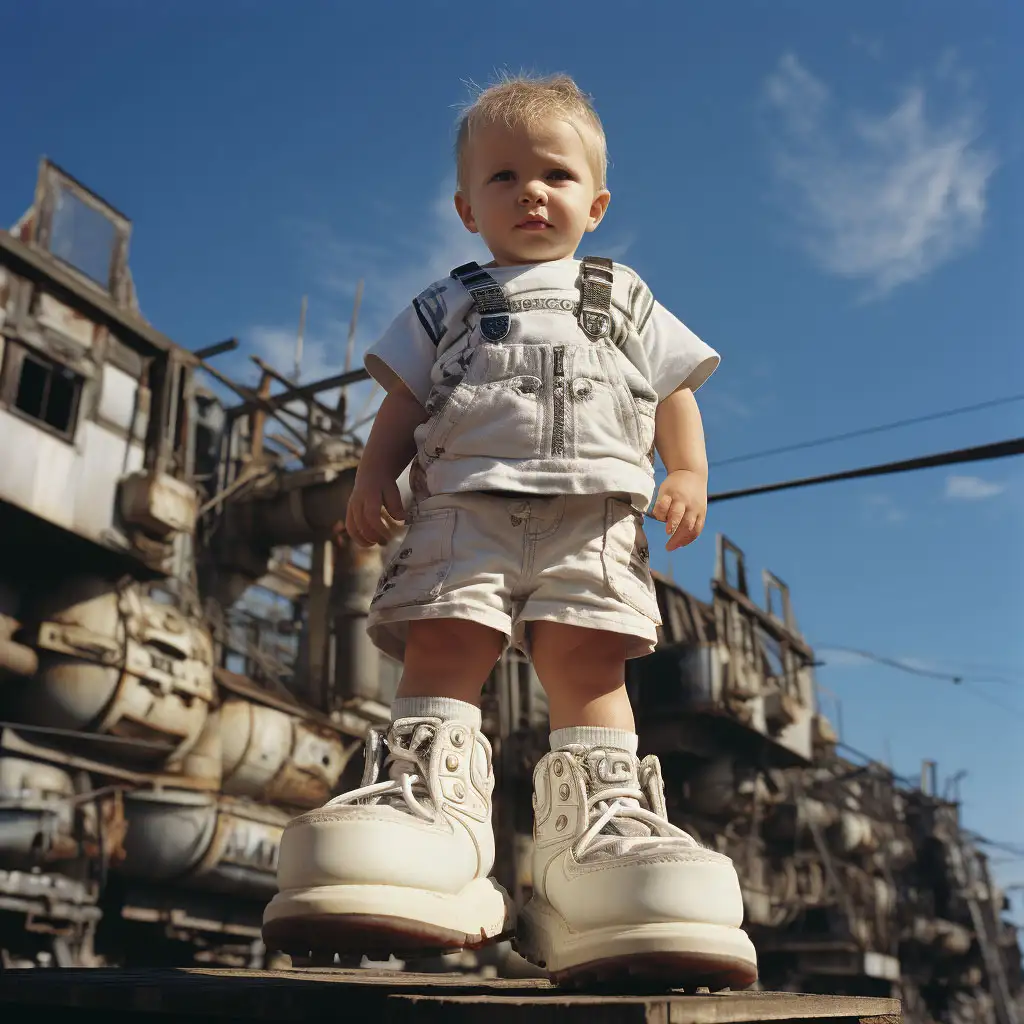
To maximize this angle, ensure the subject fills the frame, like using “full body shot” in the Midjourney prompt. You can also choose words like:
full shot, full length shot, head to toe shot, three quarter shot, full frame shot, complete view shot
There are other specific keywords to guide Midjourney in generating low angle images.
low angle, low camera angle, low angle shot, knee-level shot, ground shot, ground-level shot, bottom-up shot
For an extreme low angle, incorporate these terms in the prompt:
extreme low angle, worm’s-eye view shot, frog’s perspective
High Angle
The High Angle is another popular technique in visual arts. Captured from above the subject, it can range from a slight elevation to a bird’s eye perspective.
High angles can portray vulnerability or orderliness, like a busy street appearing organized from an elevated view.
Specific keywords can be used in the Midjourney prompt to achieve this.
high angle shot, overhead shot, downshot, high-level view, top down shot, high camera angle, high-angle framing, from a top-down perspective
Check this image:
Prompt: top view of a young woman lying in a white bed, intimate portraiture –ar 2:3
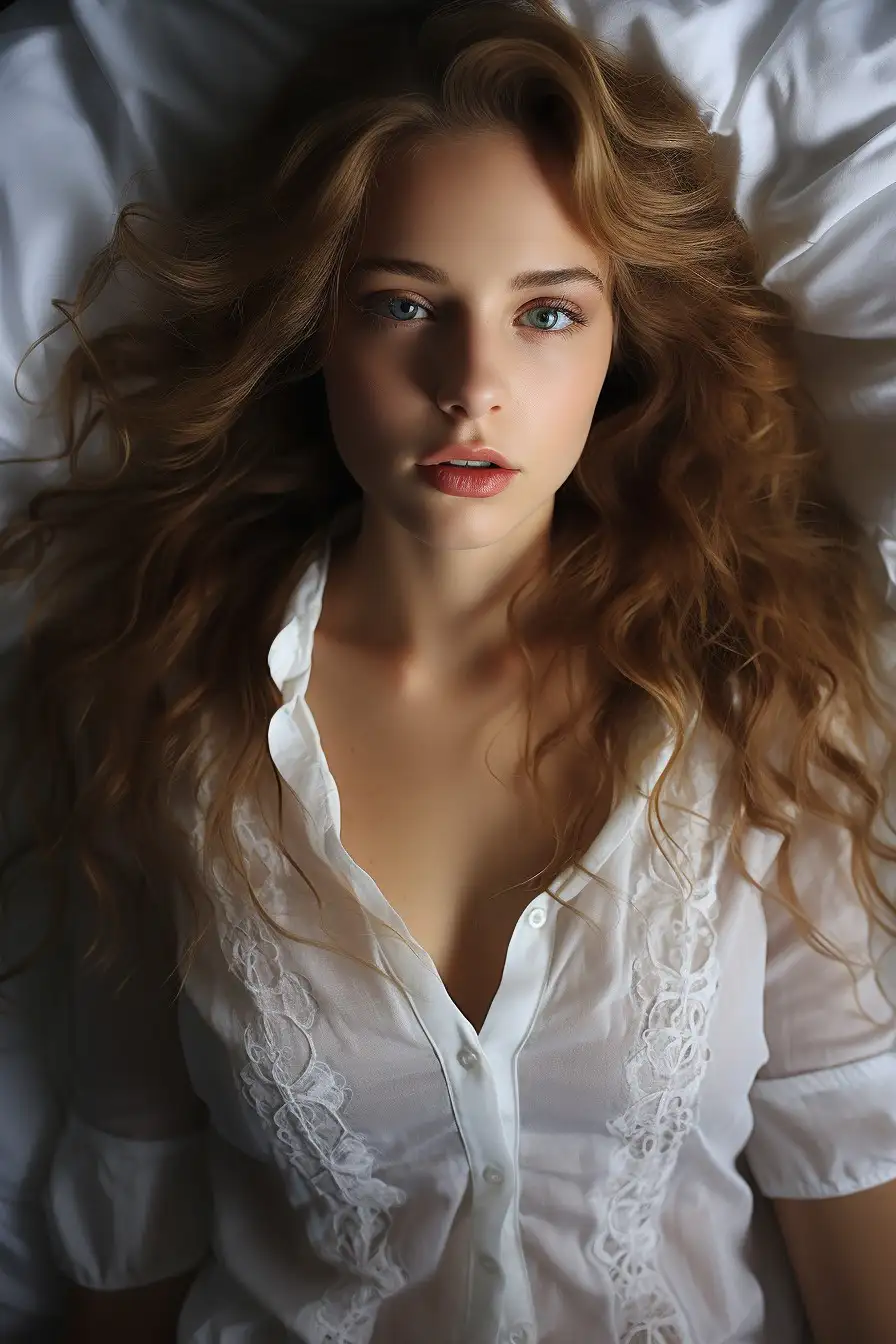
Sometimes, direct keywords aren’t necessary. For instance, a parking lot’s cars are inherently viewed from above.
Prompt: organized assembly of parked cars in a parking lot
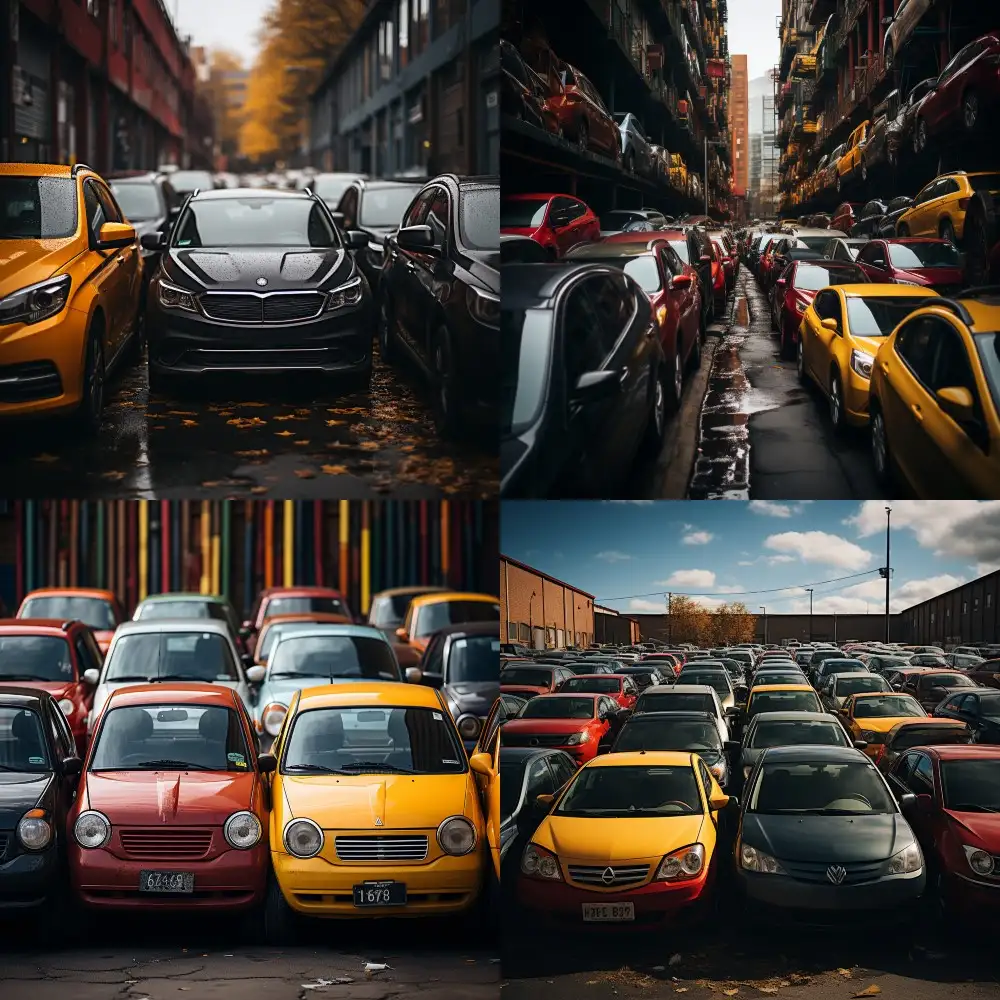
To instruct Midjourney for an elevated perspective, use these terms.
Bird’s-eye view, God’s eye view, drone-footage, aerial perspective, aerial view, aerial landscape, satellite view, satellite photography
Certain terms, like “top-down perspective”, can imply varying elevations depending on the context. For instance, when applied to a parking lot, it suggests a significant height. However, in the context of an intimate portraiture, the maximum elevation achieved is limited to the ceiling’s height.
“Drone footage” is another term that’s versatile. The resulting height largely depends on the drone’s altitude at the time of capture.
Prompt: organized assembly of parked cars in a parking lot, drone footage
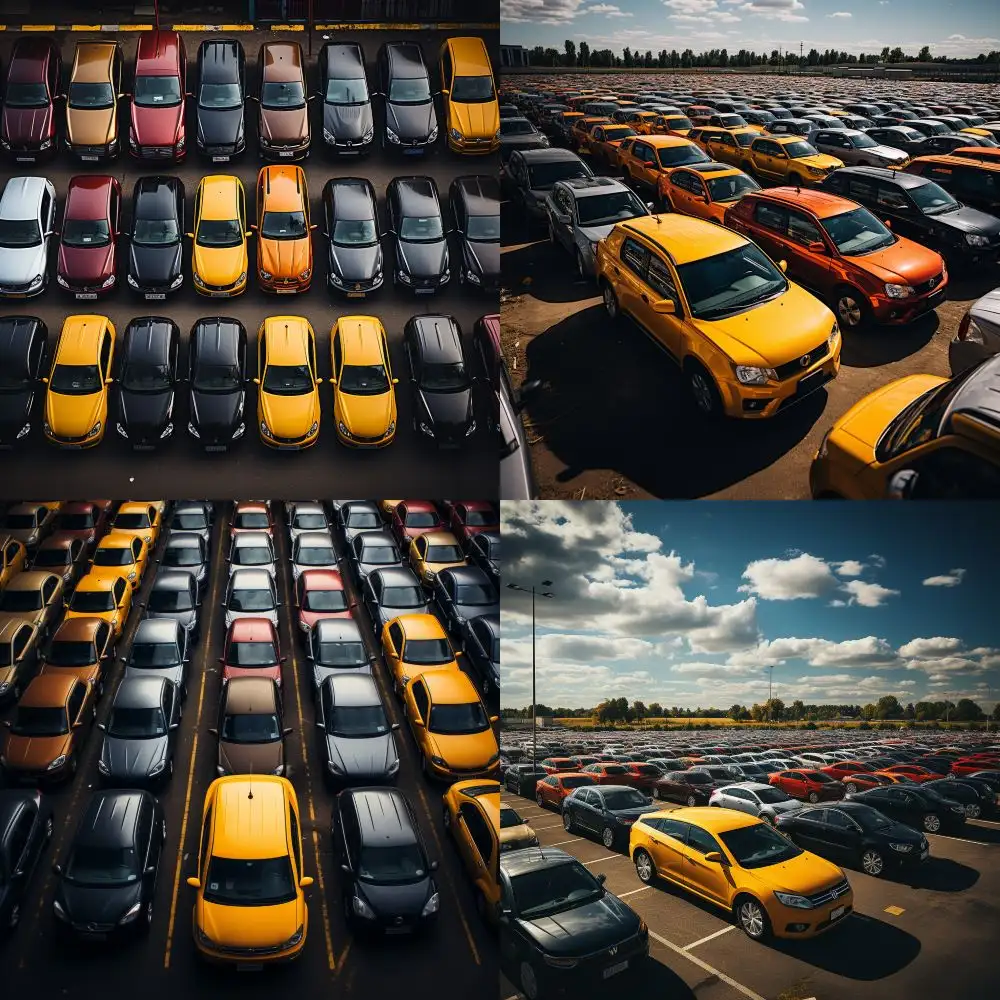
When you incorporate the words “aerial view/perspective”, especially in outdoor settings, it often denotes an elevation surpassing that of “bird’s-eye view” or “drone footage”. This is comparable to the vantage point from an airplane.
Prompt: organized assembly of parked cars in a parking lot, aerial view
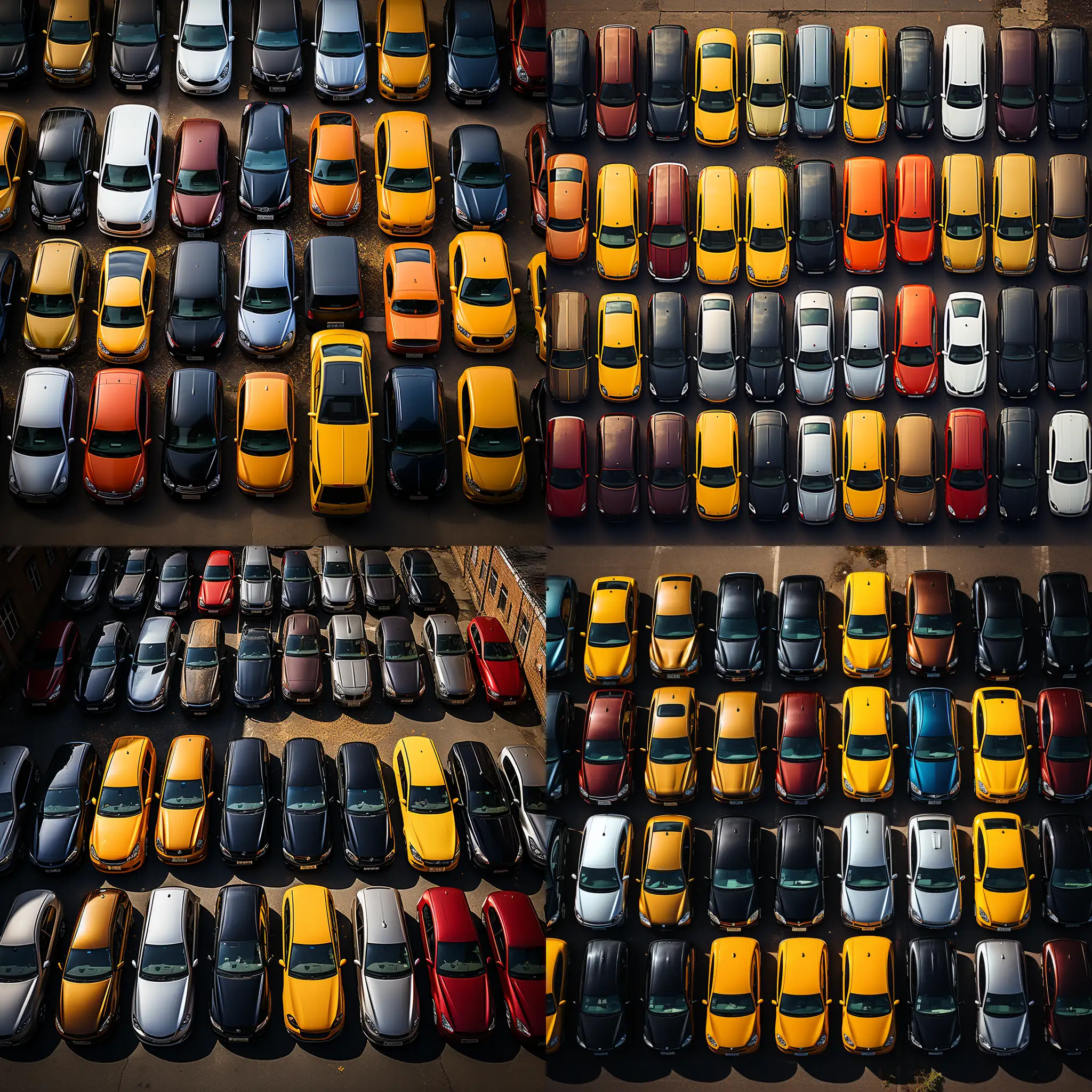
Elevations exceeding the “aerial view” fall under the category of a satellite view. However, this perspective isn’t suitable for capturing intricacies like neatly parked cars. To understand the difference, consider comparing the two images below.
Prompt: aerial view of night cities
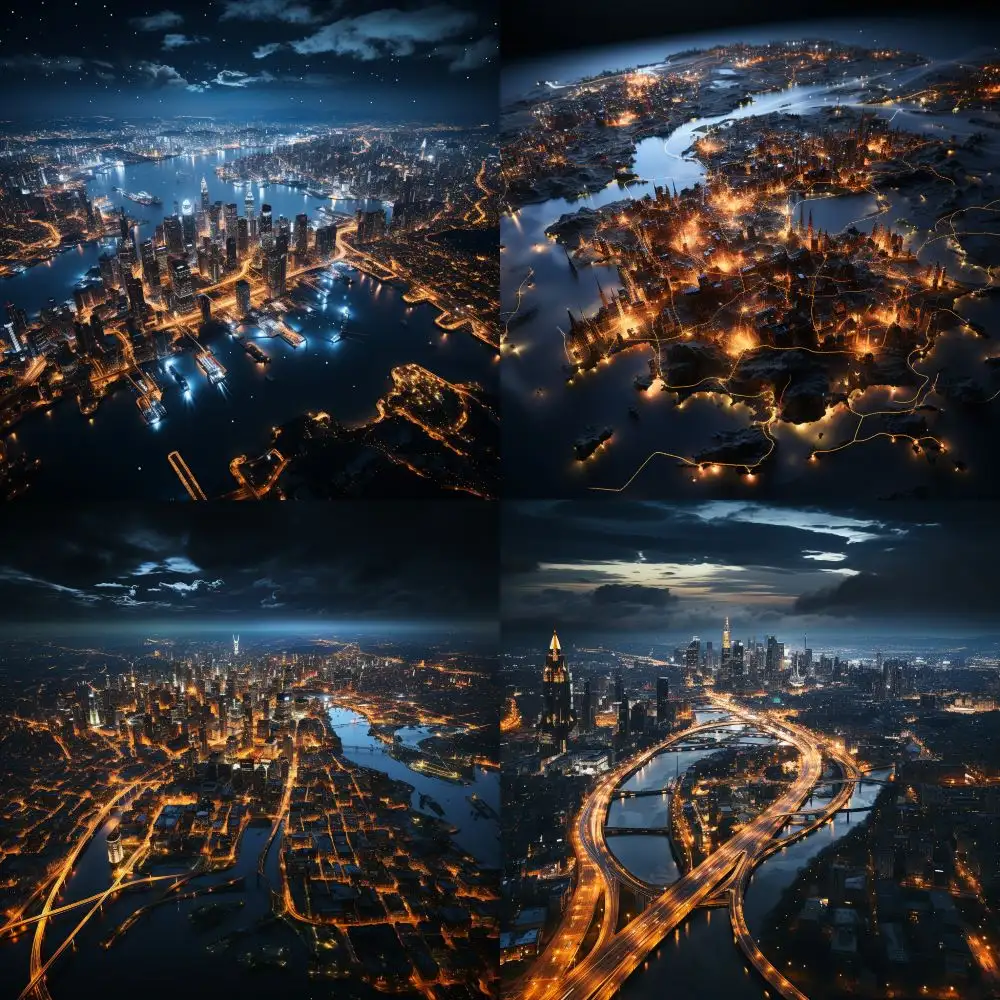
Prompt: satellite view of night cities
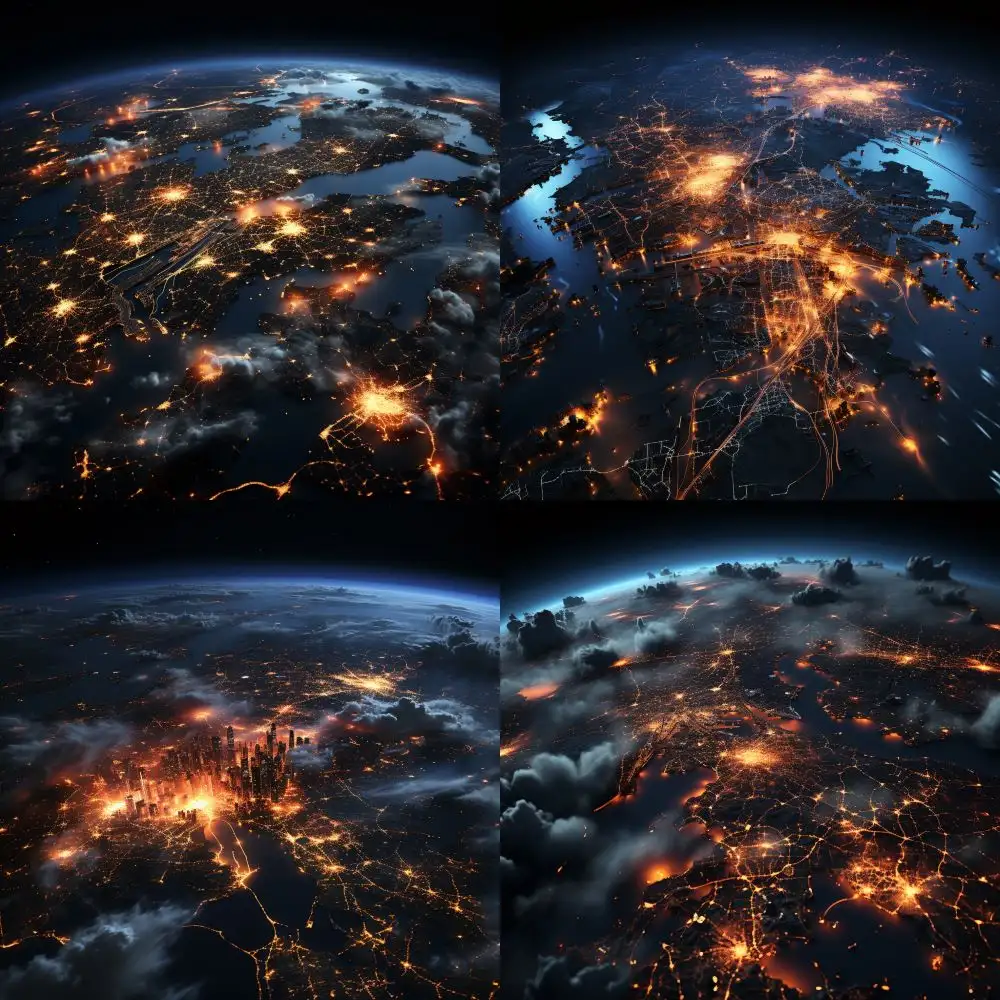
Profile Angle (Side View)
Beyond the conventional front and back views, the Profile Angle in Midjourney offers a fresh perspective. It showcases a character’s side, highlighting unique facial features. The contour of a cheek or the curve of lips can convey a myriad of emotions.
Prompt: side view a young woman sitting, contemplation
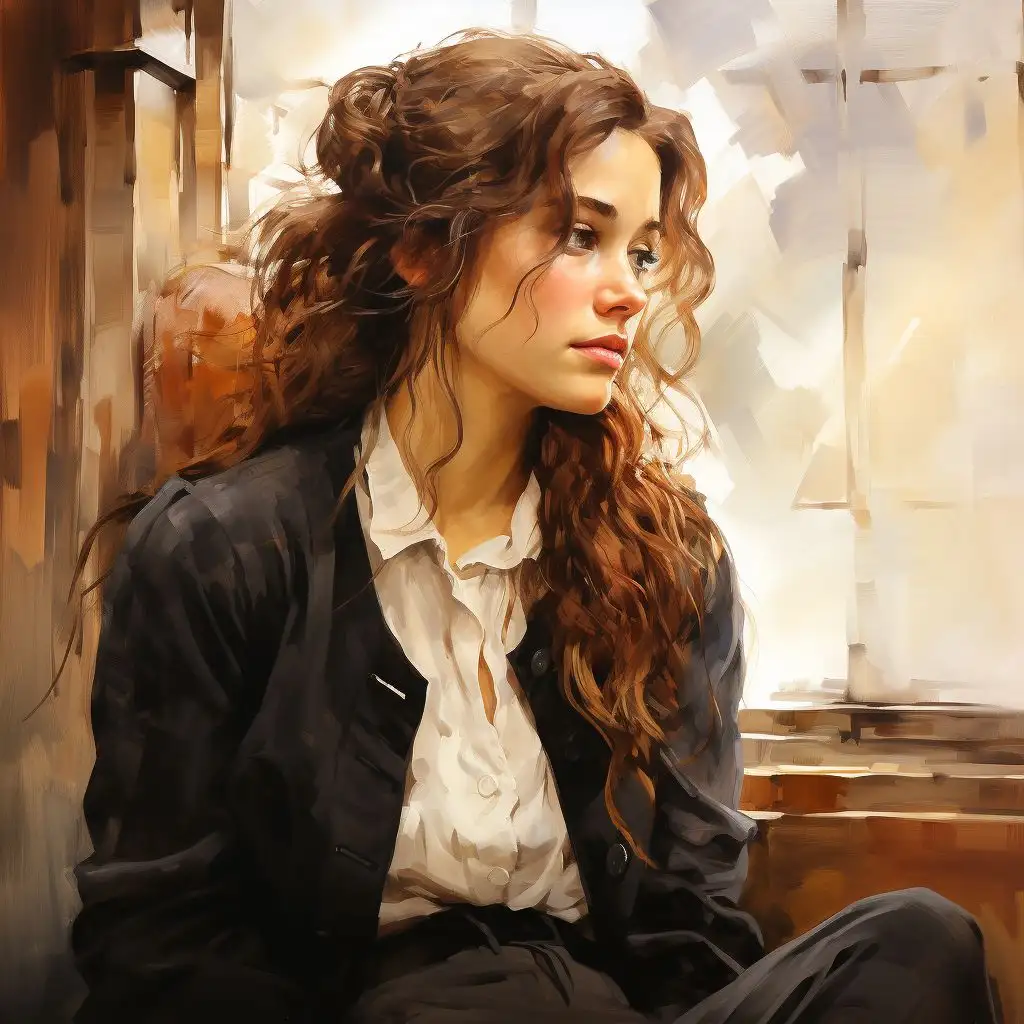
Shot Types
Charlie Chaplin once remarked, “Life is a tragedy up close, but a comedy from afar.” With Midjourney, you can shape an image’s content and style, much like a director. By adjusting the camera’s distance from the subject or the lens’s focal length, you can capture a scene’s vastness or zoom in on intricate details.
Close Up Shot/Telephoto Lens
Close-ups predominantly feature a subject’s face, highlighting facial expressions or intricate details. This focus minimizes background distractions, delivering a potent emotional punch. Observe the two images below for clarity.
Prompt: close-up shot of a young woman
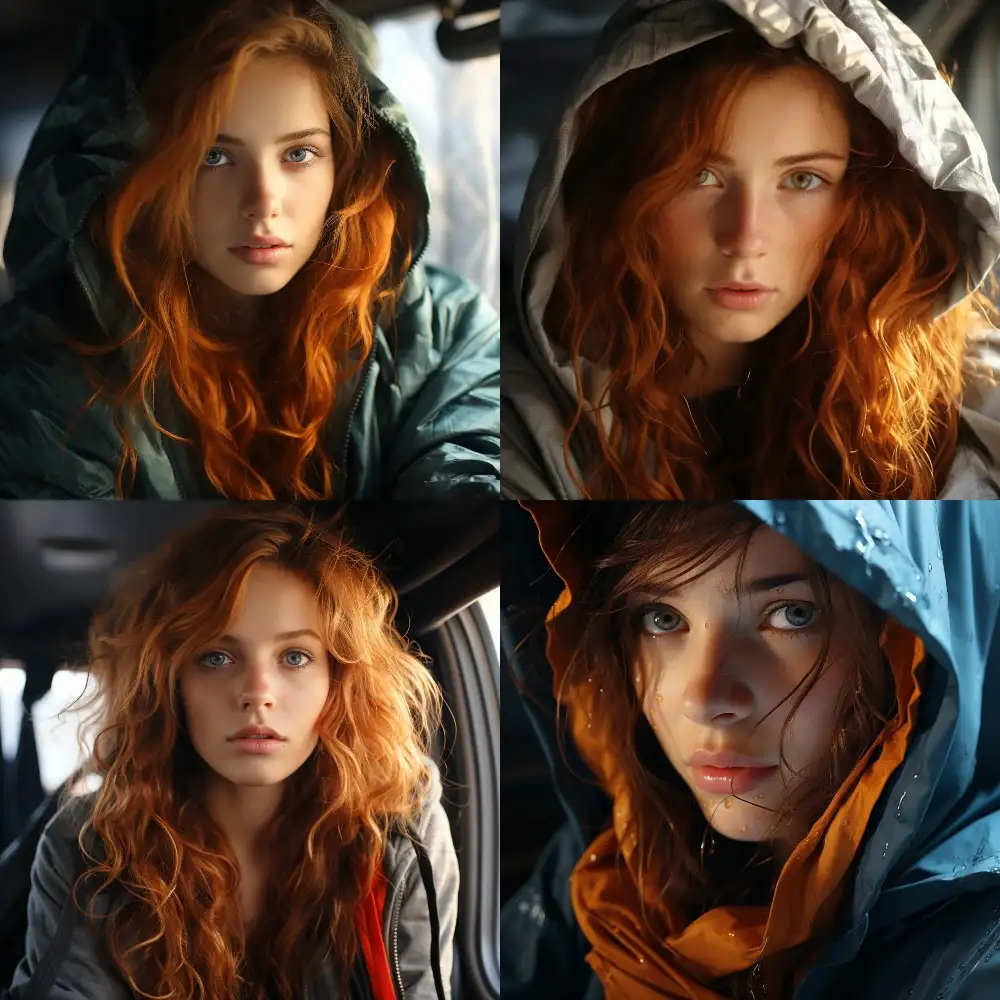
Prompt: a young woman, 200mm lens
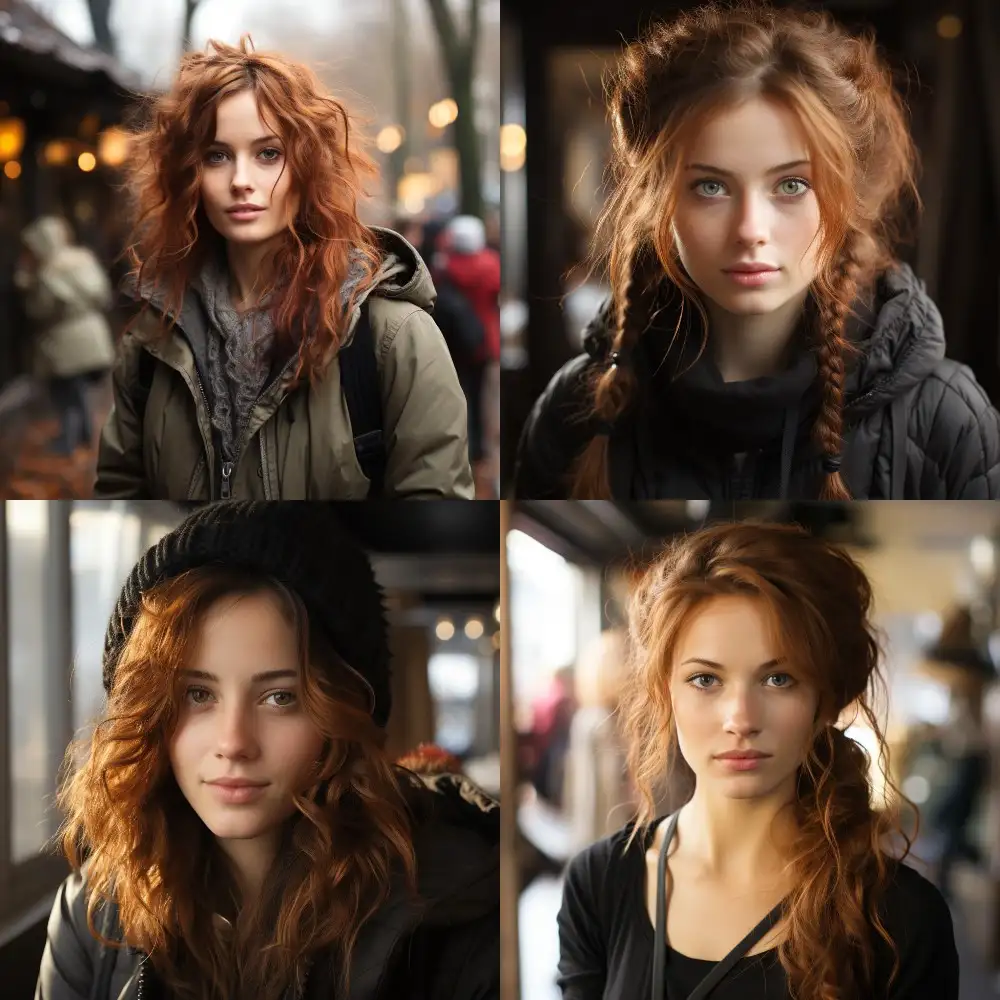
The first image utilizes a “close-up shot” to guide Midjourney’s perspective. Similar terms include:
close up, close shot, tight shot, intimate shot, intimate photography, detail shot
The subsequent image specifies a 200mm telephoto lens. Notably, there’s a distinction between them. The first appears as a close-up without a specified lens, akin to a cellphone selfie, likely devoid of a background. The latter resembles a shot from a professional photographer using a 200mm telephoto lens, capturing the subject from a distance and including a bokeh backdrop.
Extreme Close Up Shot/Macro Lens
An Extreme Close Up delves deeper than a standard Close Up, spotlighting minuscule details, such as facial features or even just the eyes.
Prompt: extreme close-up shot of a young woman
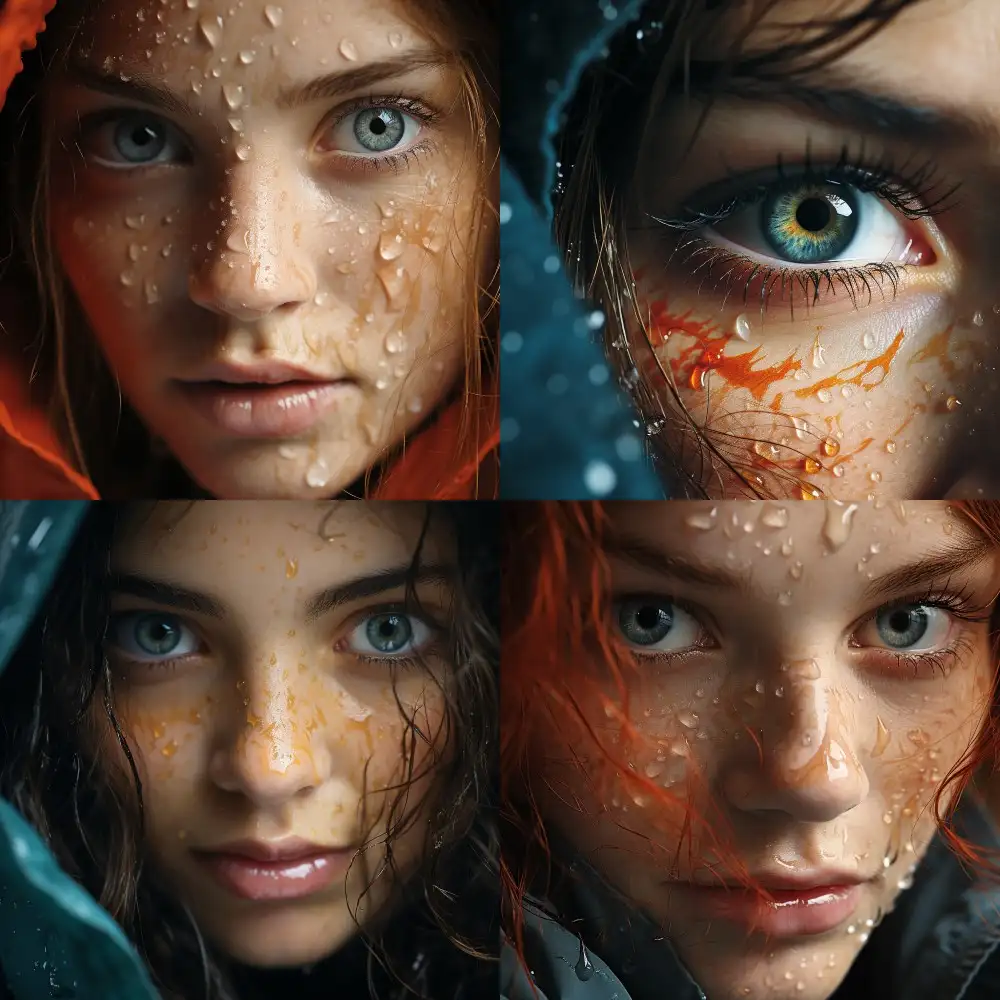
Within Midjourney, the term “Macro Lens” typically captures eye details.
Prompt: a young woman, macro lens
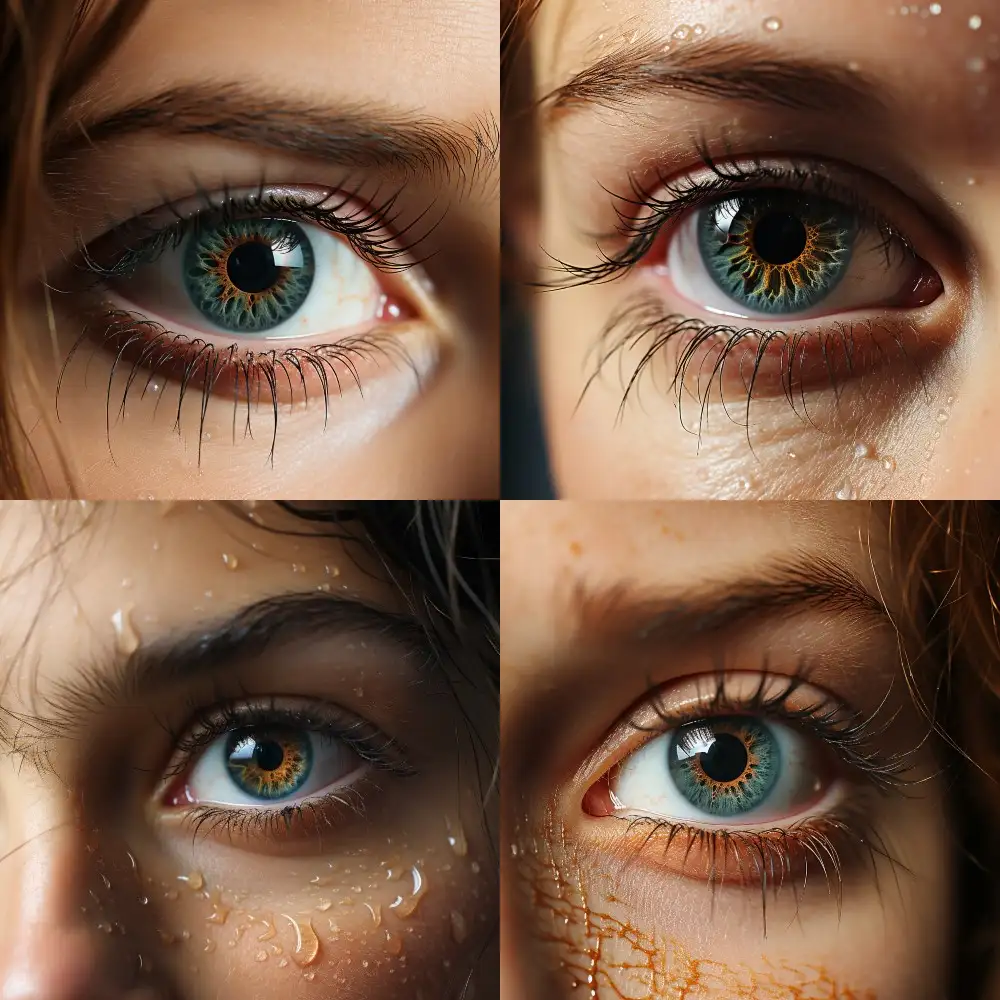
Point of View (POV) Shot
The subjective or first-person perspective immerses the viewer, presenting the scene as if witnessed firsthand. This approach transforms viewers from mere spectators to active participants.
Prompt: car, POV shot
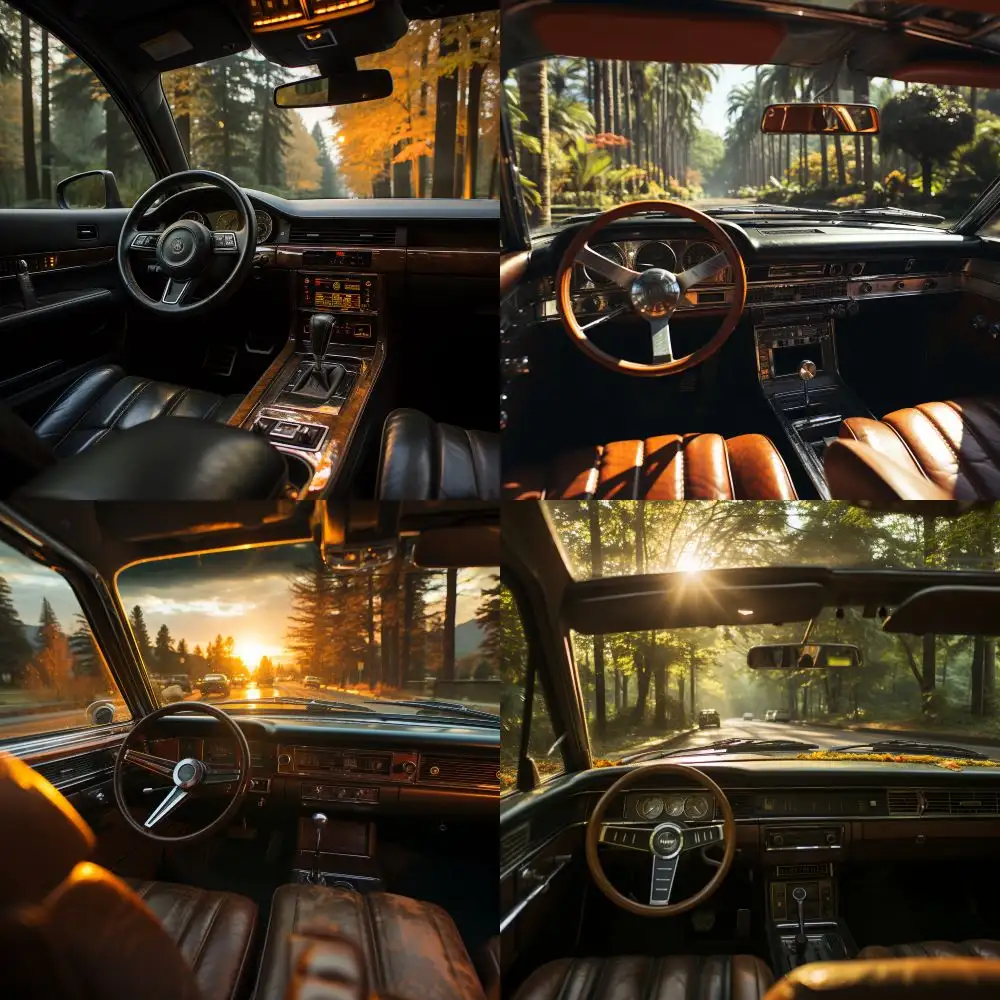
Prompt: a school bus, POV shot
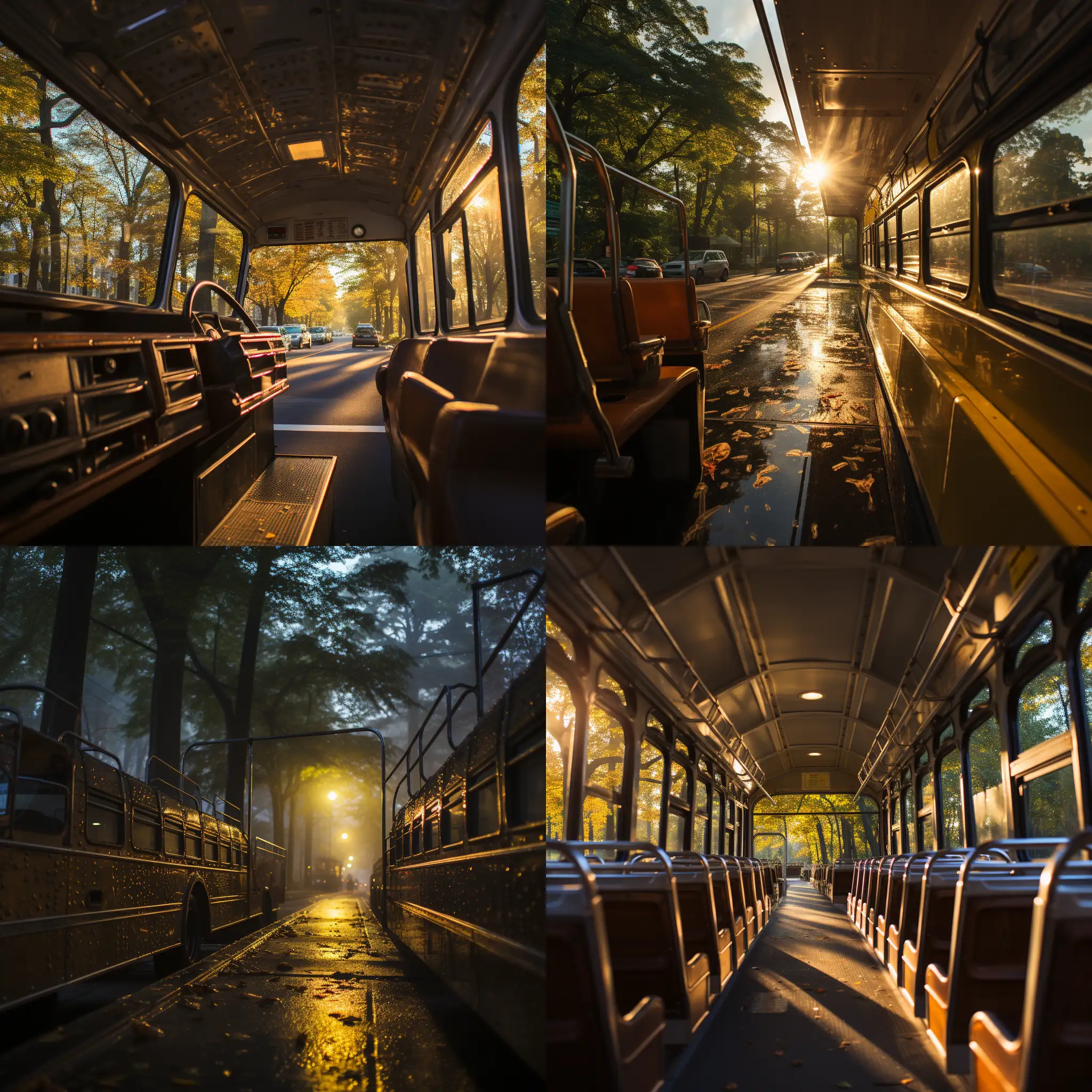
Prompt: POV shot of a helicopter
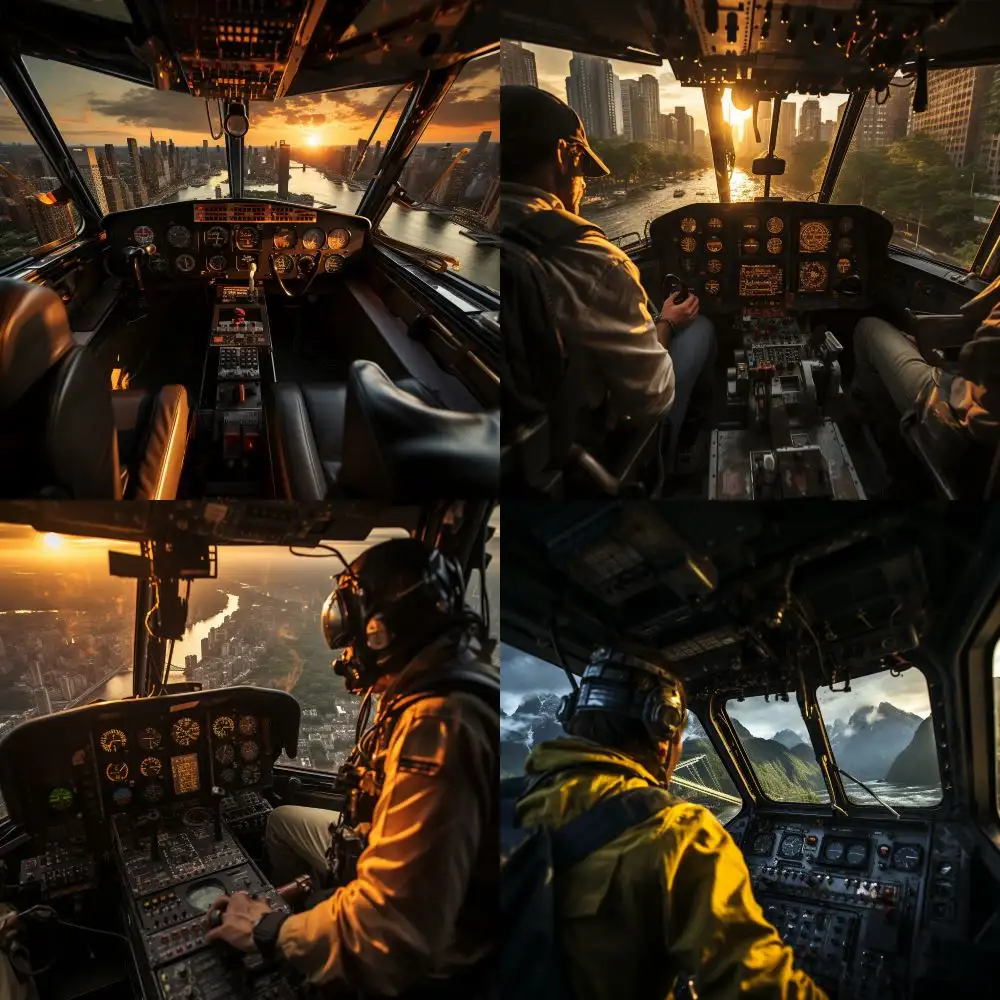
For living subjects, the POV mirrors the Extreme Close Up, but seems closer to the subject.
Prompt: Bald eagle, full body shot, POV shot
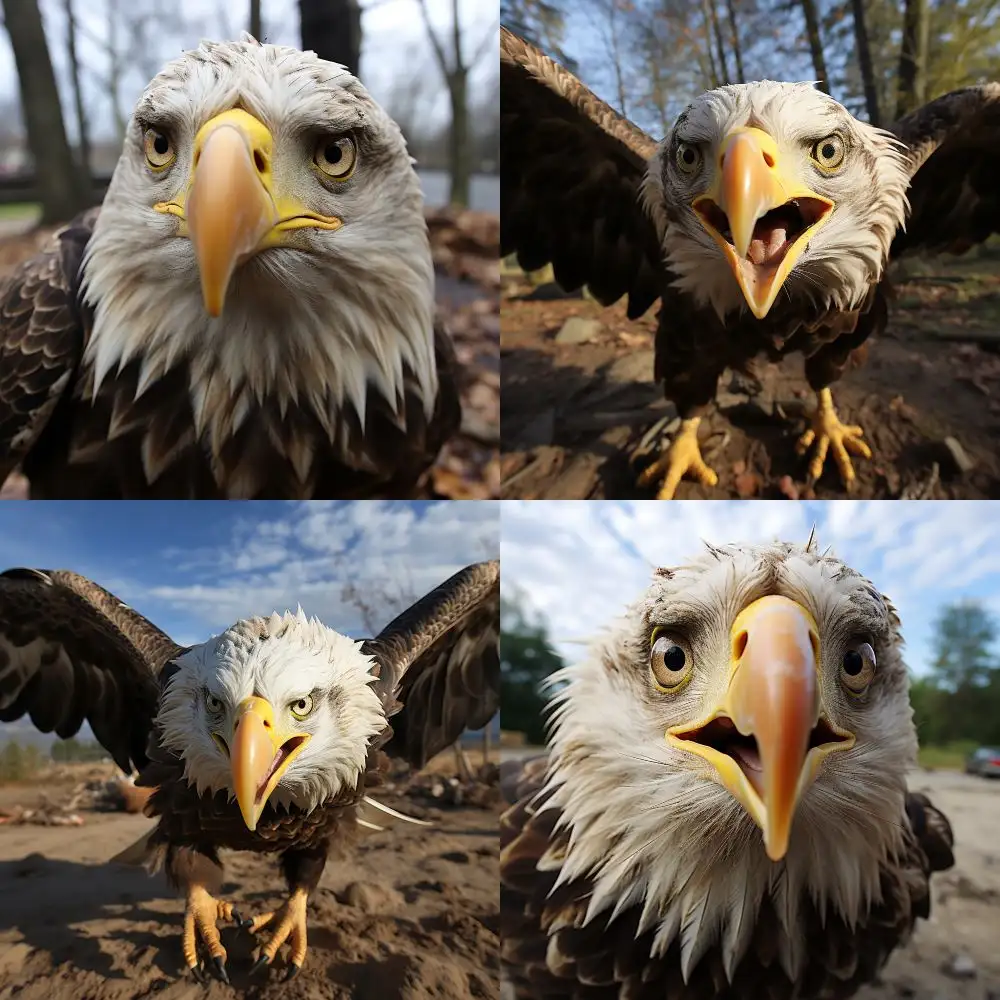
Terms like “POV shot”, “subjective shot”, and “first-person shot” can achieve this effect.
Prompt: happy baby, POV shot
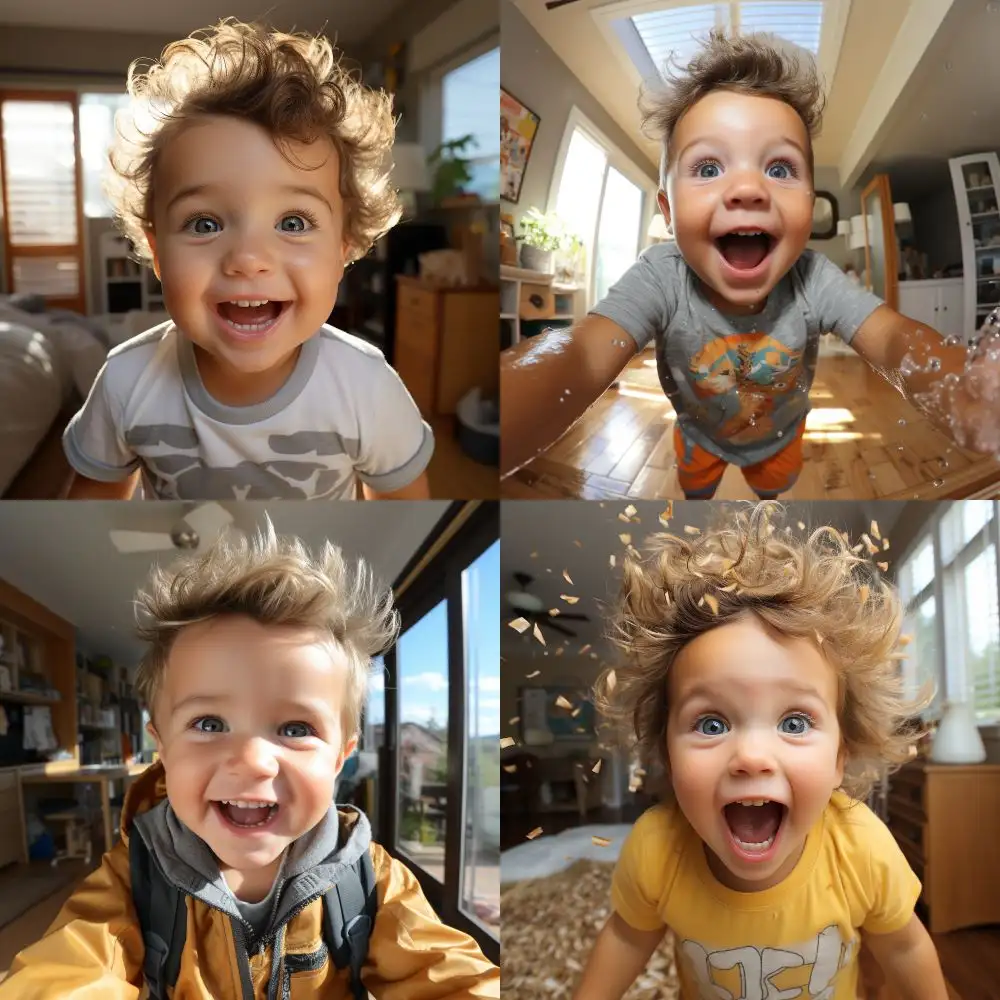
Similar words to POV shot:
subjective shot, first-person shot
Medium Shot
The Medium Shot, typically capturing subjects from the waist up, is a prevalent choice for photographing individuals. Perfect for portraits and social interactions, it can also encompass the subject’s surroundings.
In Midjourney, unless specified, the default often leans towards a painted representation rather than a photograph.
Prompt: a young woman –ar 3:2
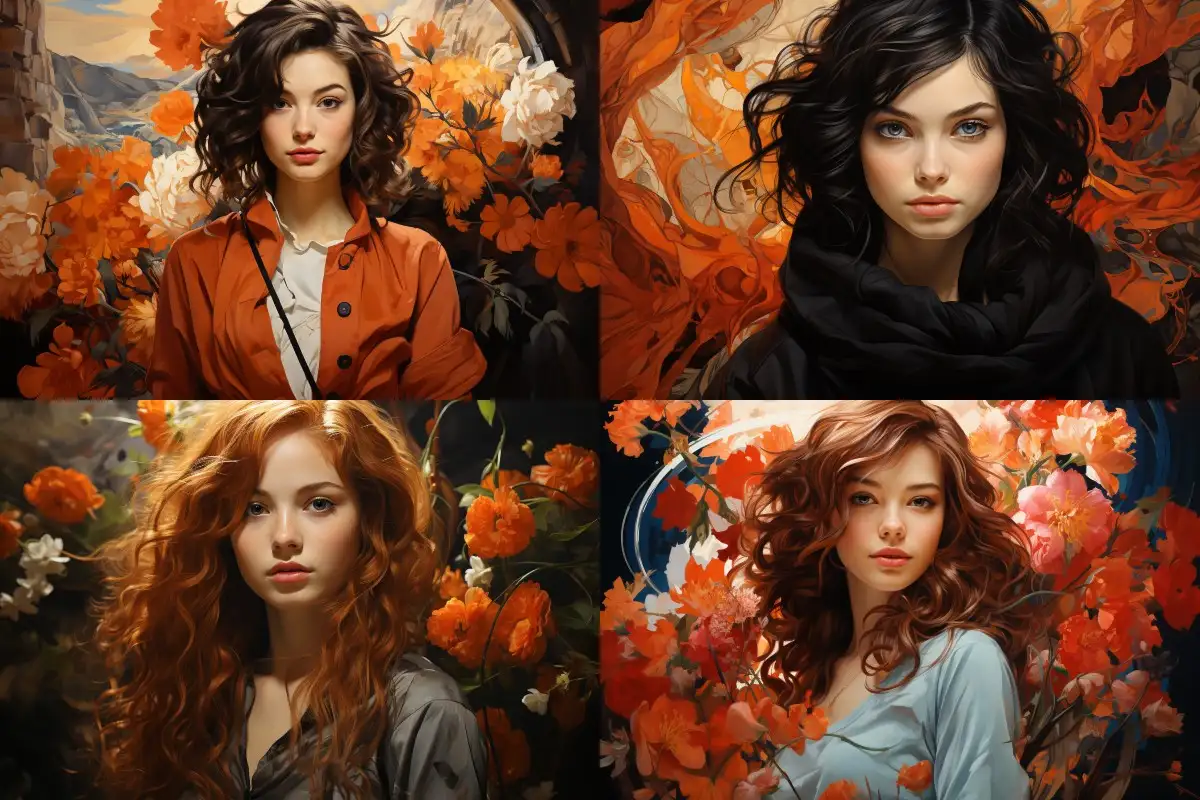
Prompt: medium shot of a young woman –ar 3:2
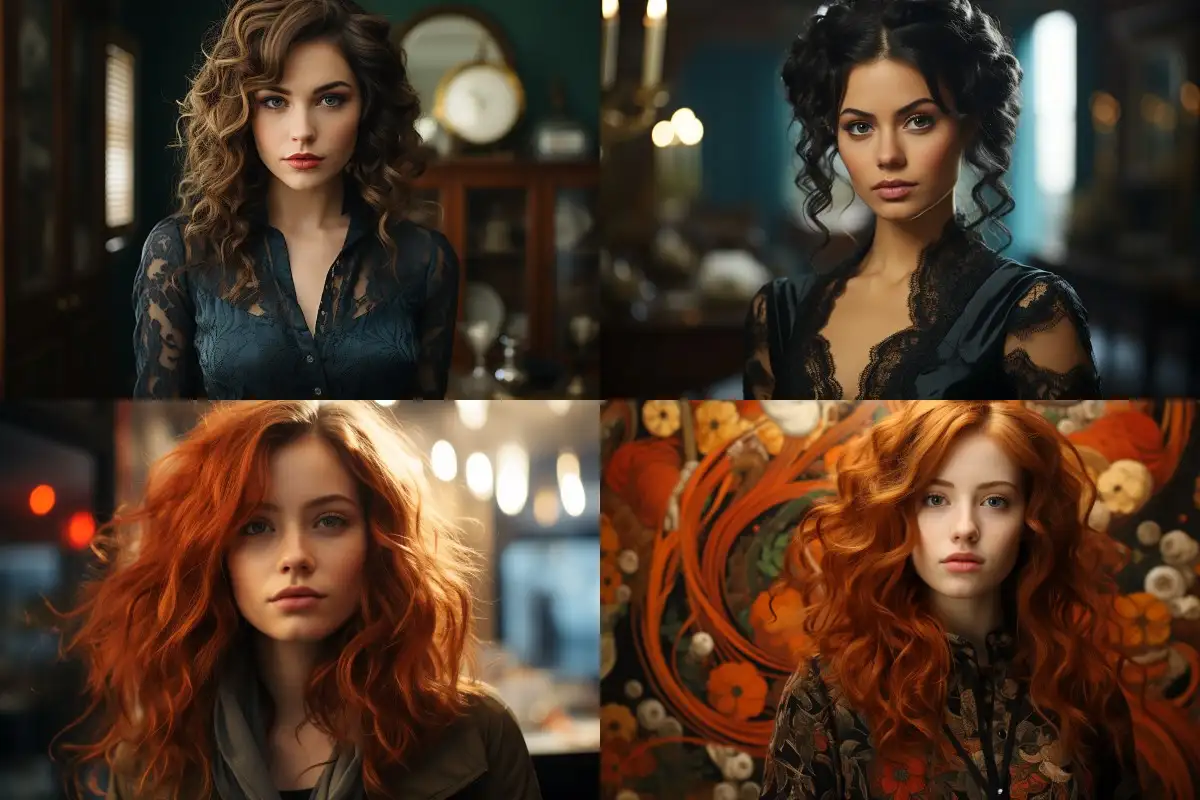
You can also use the following words other than “medium shot”:
mid-shot, waist-up shot, medium close-up, three-quarter shot, mid-range shot
To generate a realistic portrait, specifying a lens is also working.
Prompt: a young woman, outdoor, 10mm lens –ar 3:2
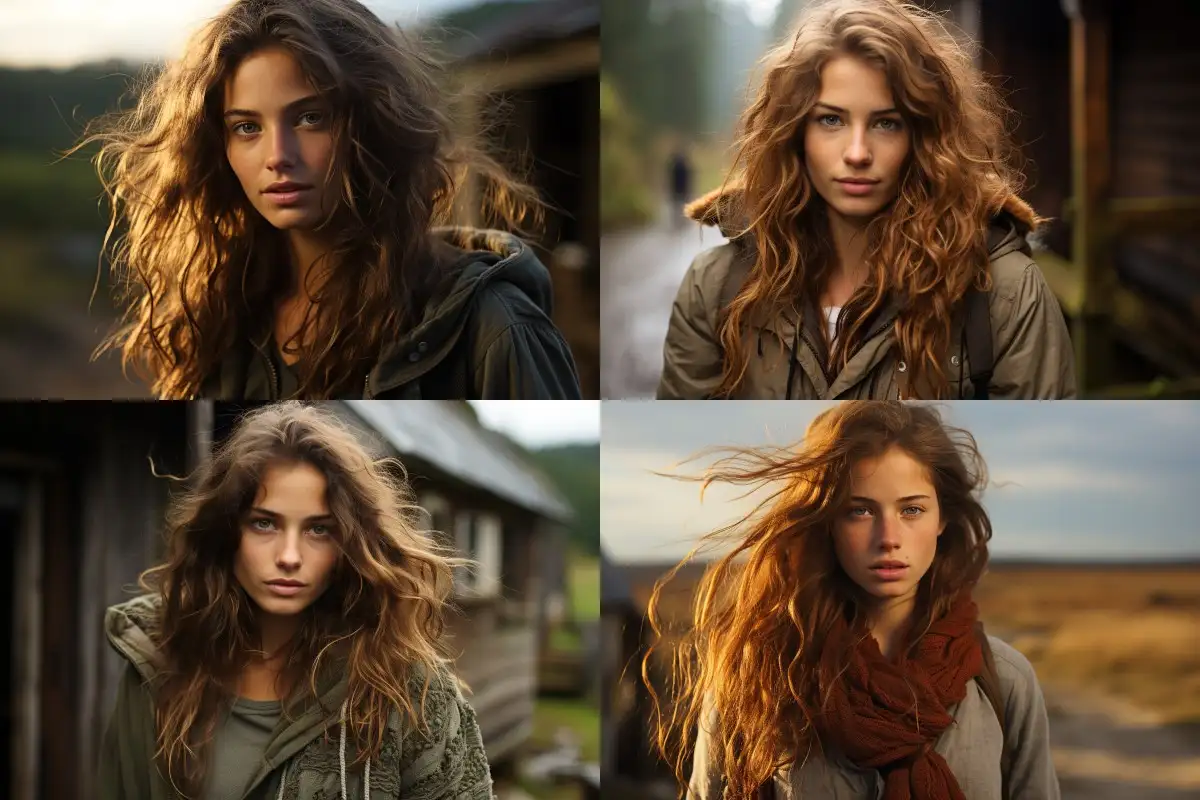
Prompt: a young woman, outdoor, 85mm lens –ar 3:2
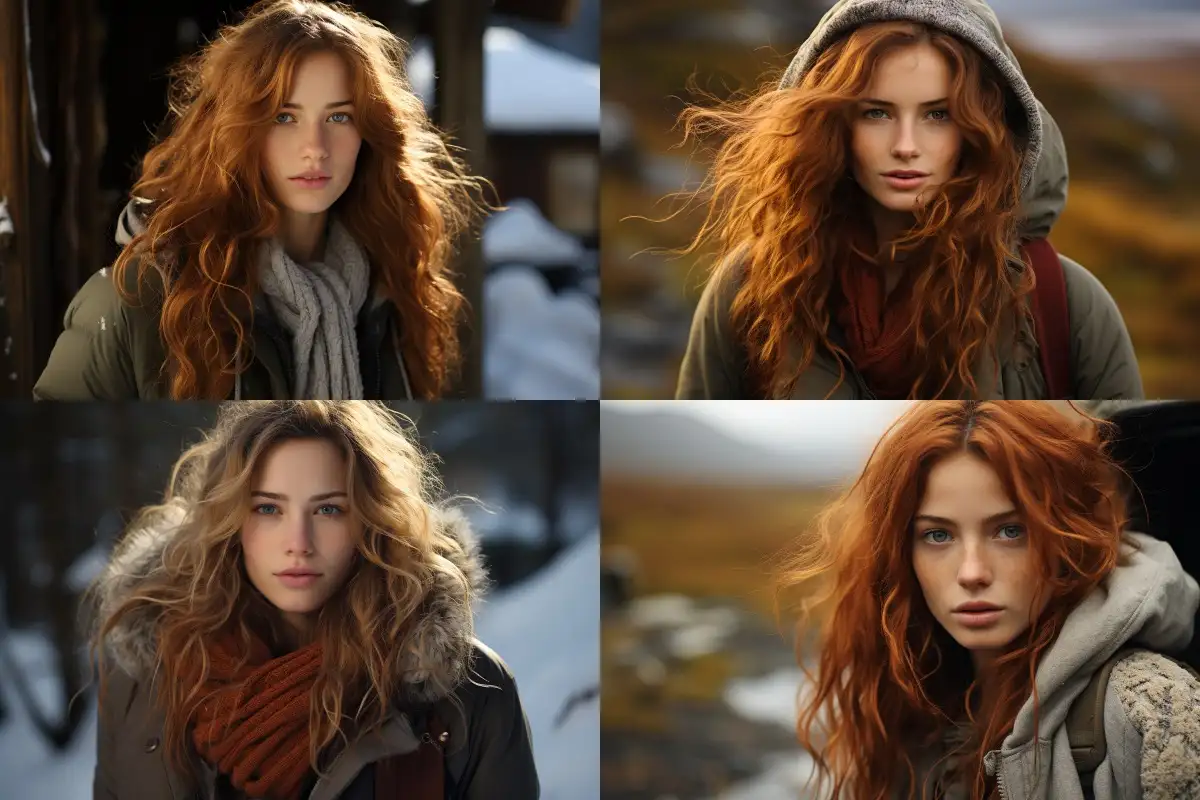
Wide/Long Shot
The Wide Shot, broader than a Medium Shot, captures a scene as if taken from a distance or through a wide-angle lens. It offers a comprehensive view of subjects and their environment.
In Midjourney, setting a larger aspect ratio, like 16:9, often results in a broader perspective. However, adding “wide shot” to the prompt can further enhance this effect. You can compare the differences between the following two images.
Prompt: floating markets –ar 16:9
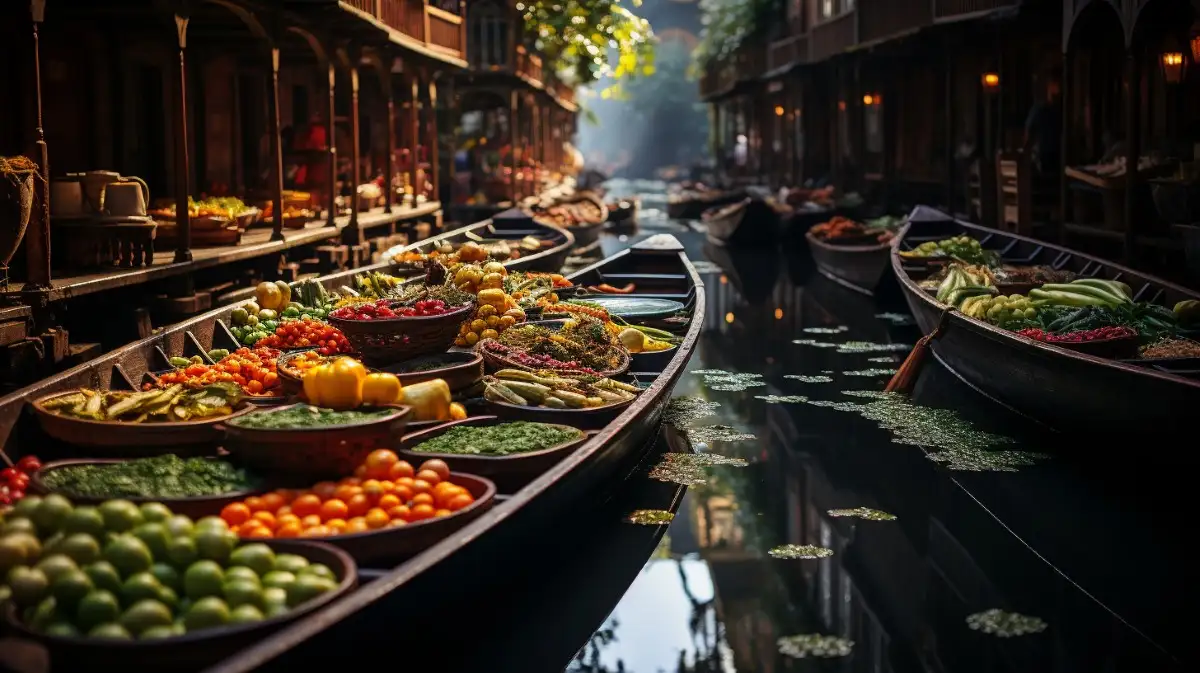
Prompt: wide shot of floating markets –ar 16:9
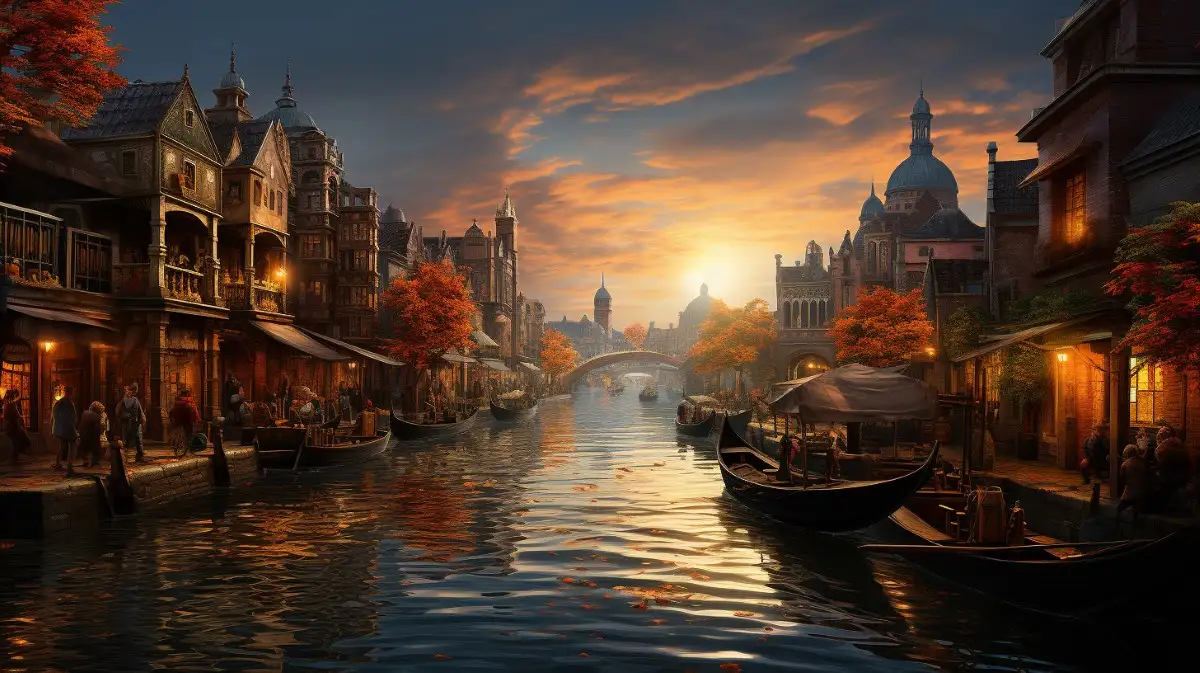
This word might have a better effect than if you added a ultra wide-angle in the prompt.
Prompt: floating markets, 10mm lens –ar 16:9

Other terms can also be employed to achieve this perspective.
wide-angle, wide-angle shot, full view, wide-angle shot, wide perspective, far-shot, broad view, wide perspective
Extreme Wide Shot
The Extreme Wide Shot offers an even broader perspective than the Wide Shot. The difference is evident when comparing the two images below.
Prompt: wide shot of organized assembly of parked cars in a parking lot –ar 16:9
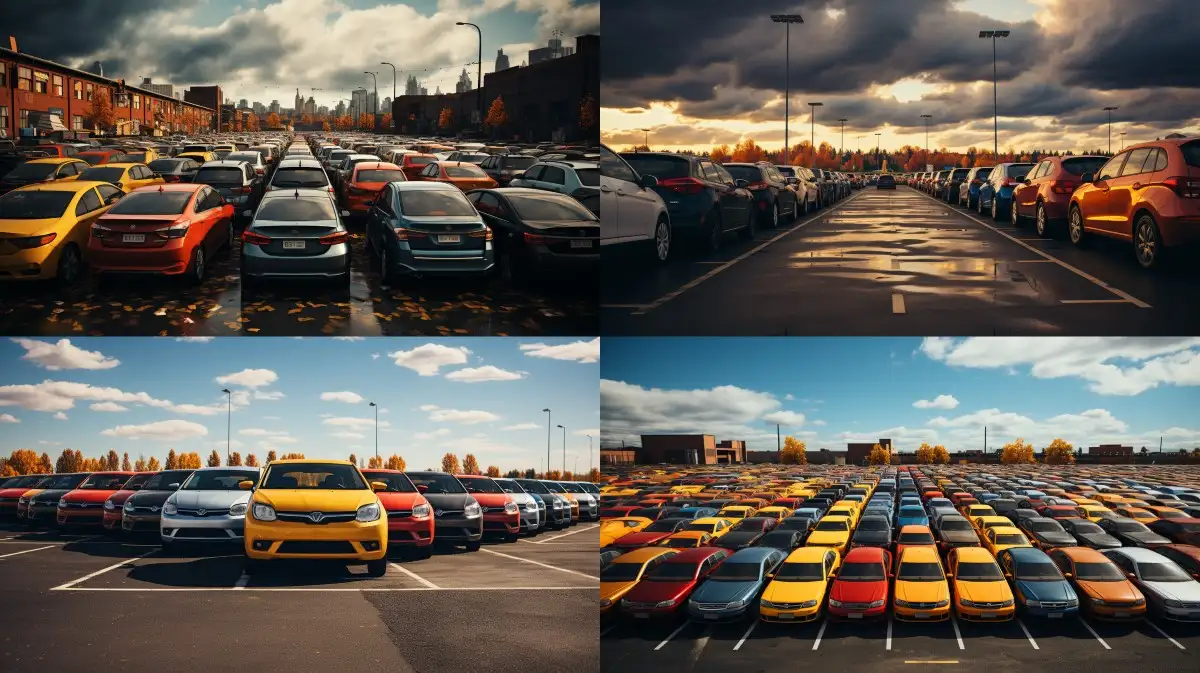
Prompt: extra wide shot of organized assembly of parked cars in a parking lot –ar 16:9
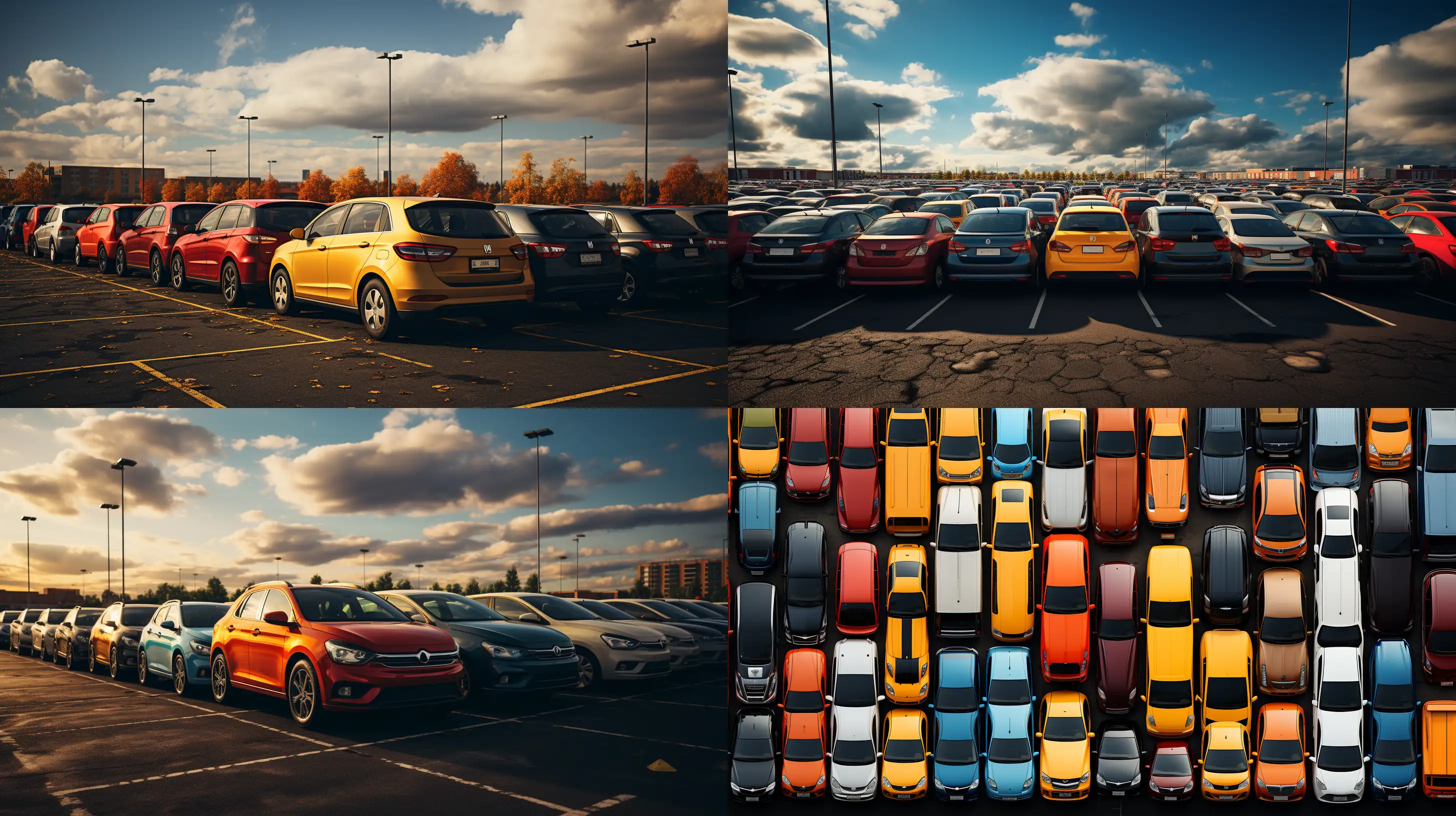
Various terms can be used to achieve this expansive view.
panoramic shot, extreme long-shot, ultra wide shot, super wide shot, ultra wide-angle shot, fisheye lens
Camera Angles + Shot Types: The Art of Visual Storytelling
Both camera angles and lens types are pivotal for visual storytelling. In Midjourney, their combined use can craft captivating images.
Prompt: POV shot of a school bus, long shot of a young woman –ar 16:9
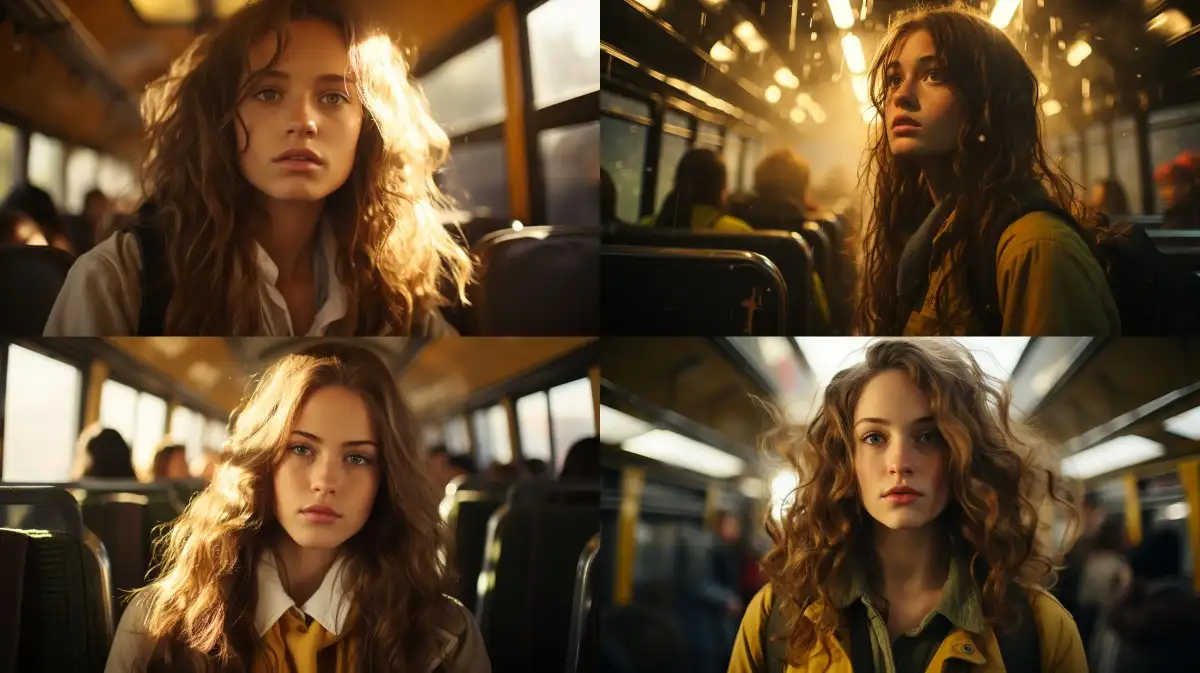
Prompt: a young woman in a school bus –ar 16:9
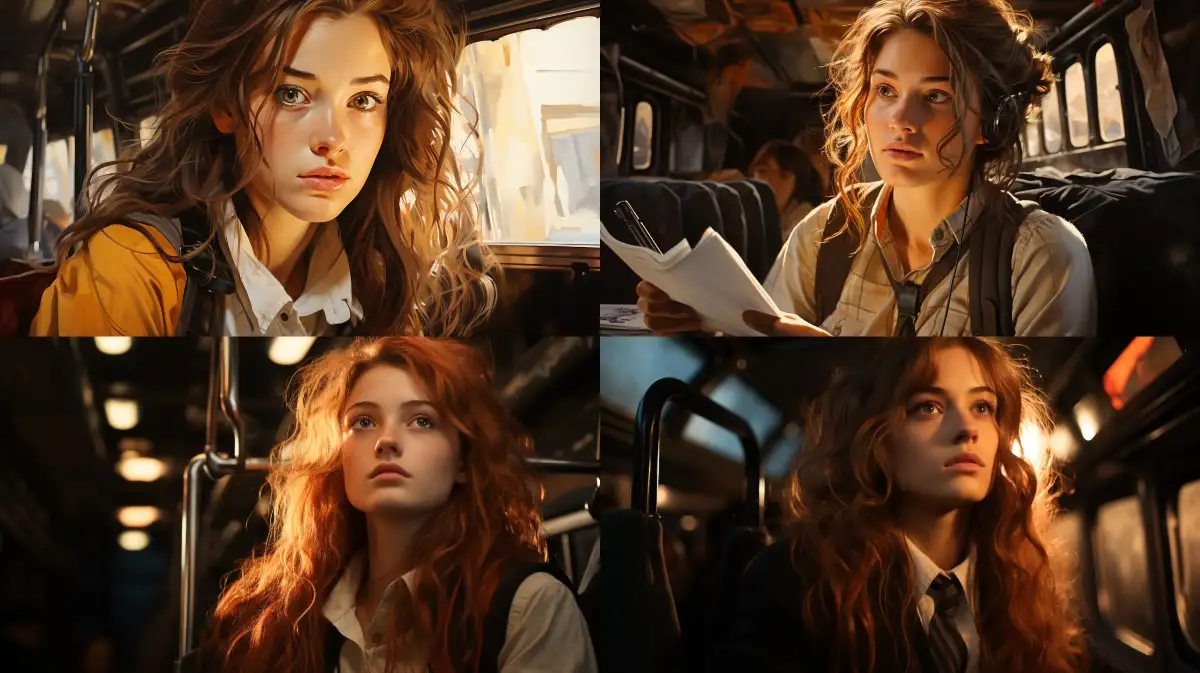
In Midjourney, the interplay between camera angles and shot types offers a dynamic toolkit for creators. Combining these elements can set moods, tell stories, and guide viewer emotions.
For instance, a wide shot from a low angle can make landscapes feel vast, while an eye-level close-up brings intimacy. The synergy of angles and shots adds depth to images, offering fresh perspectives on familiar scenes.
In essence, mastering this blend in Midjourney allows creators to craft impactful visuals that resonate with viewers. The true art lies in the harmonious fusion of these elements.



